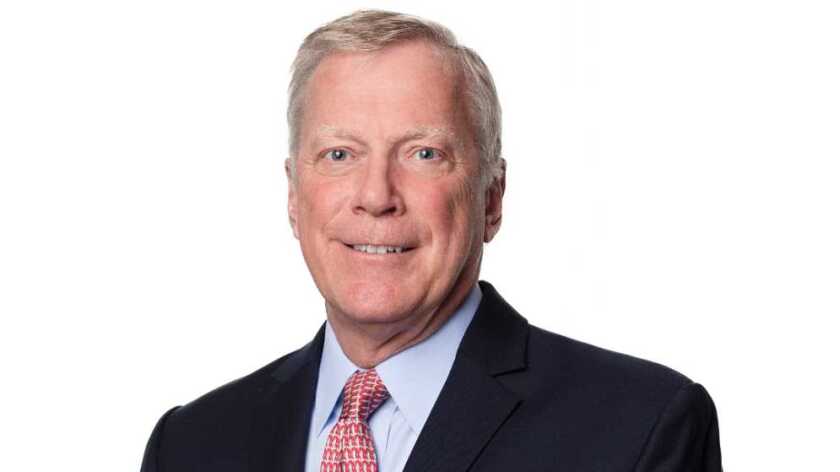In addition to the millions of people currently accessing corporate VPNs, there is added capacity from schools, universities and colleges turning to virtual lessons and live streaming.
As reported by Capacity on 17 March, a Virgin Mobile outage left customers unable to make calls. According to Down Detector the outage started at around 10am, and logged 649 reports of failure. Further issues were recorded by Vodafone, O2, 3, Virgin, Vodafone, Tesco, GiffGaff and EE.
“I think there are going to be upgrades required and some additional infrastructure demands placed on everything, from sub-sea to metro to local access. I think people will re-examine their capabilities as a result of this,” said Carl Grivner, CEO of Colt.
“We have some customers that are requesting 20 times their normal use in added capacity. You can only do that so many times before you have to do something from a network perspective as well,” he added.
Grivner said it is possible that SDN can be leveraged to meet some of the demand. Although SDN doesn’t present a long term solution to the current problem, it could come into its own in other ways.
“This is going to drive SDN to the next level in terms of business continuity, anticipating demand and, as an industry working together, completing the APIs on a global basis, accelerating that process so we can work much better together, cleaner and faster, than we have in the past,” Grivner said.
Colt, which has been increasing capacity for the last five years, has seen a surge in demand from customers over the last week, specifically related to increasing capacity.
“On the data side, in some cases we are seeing 20 times the normal capacity. On the voice side, it’s interesting in that we are back to the old days when voice was popular. We are seeing substantial increases on the voice side as well to the point where many of our large voice customers have asked us to increase capability,” said Grivner.
Meanwhile, in terms of individual organisations, Mark Fieldhouse, general manager EMEA at NS1, said that the priority over the coming months is likely to focus on the DNS layer.
“What will be needed is the deployment of always-on secondary DNS with separate infrastructure and automated failover,” said Fieldhouse.
“That way, if the primary DNS fails, the redundant or secondary system DNS can pick up the load. Organisations can also automate their DNS management processes to reduce manual errors. This allows for intelligent, real-time decision-making within the networking infrastructure itself avoiding congestion and preventing system overload,” he added.









